(Revised 20apr06).
It is reposted here as a historical reference and basis of comparison for future revisions to the O1.
Couloir began prodding telemark binding manufacturers back in 2001 to “expand their horizons from merely binding the boot to the ski, to restoring mountaineering versatility to telemark.” Based on results, several manufacturers heard that complaint. The latest to offer proof is Black Diamond, with the announcement of the O1, their freeride binding for the freeheel world.
Most modern telemark boot/binding combinations deliver a system with extraordinary downhill power and control, with inverse desirability for uphill skinning. Black Diamond’s O1 binding restores the balance of power and freedom that backcountry telemarkers require.
At a glance, the O1 is an O2 with a hinge beneath the toe. This simplistic description, of course, completely overlooks the actual refinement and superb elements of design incorporated into the O1.
The hinge is a 10mm diameter axle pressed into a baseplate of hot-forged aluminum. To engage the touring pivot, simply put the tip of your ski pole in the rear dimple of the toggle switch at the front of the binding and lean down on the pole, or give ‘er a sharp smack with the palm of your hand. That causes the spring-loaded latch under the rear of the toeplate to let go and the toeplate then swivels on the axle. Say goodbye to over 20 pounds of flex resistance per step (per BD’s own testing), and hello to the skinning freedom Alpine Touring skiers know and love. The location of the pivot is directly under the 3-pin line, making for a more natural stride that feels like you’re pushing off your big toe, not pivoting awkwardly in front of it.
Keep making backcountry turns

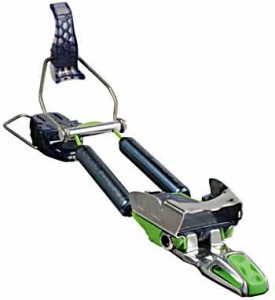
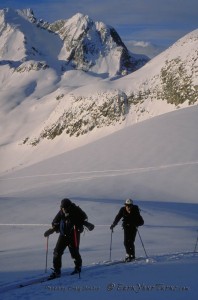
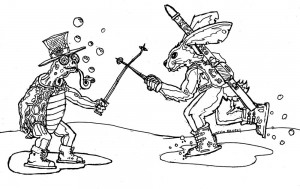
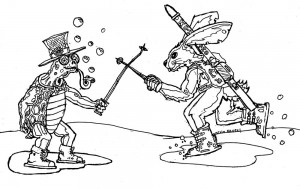
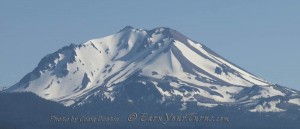
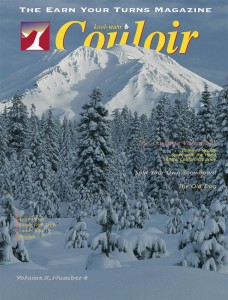
Recent Comments